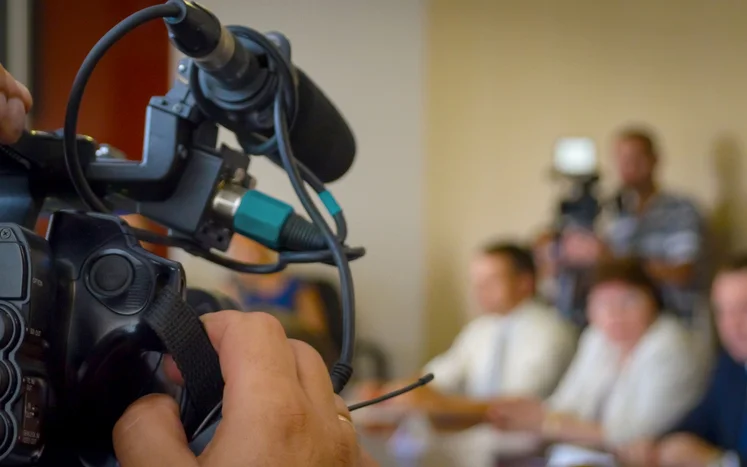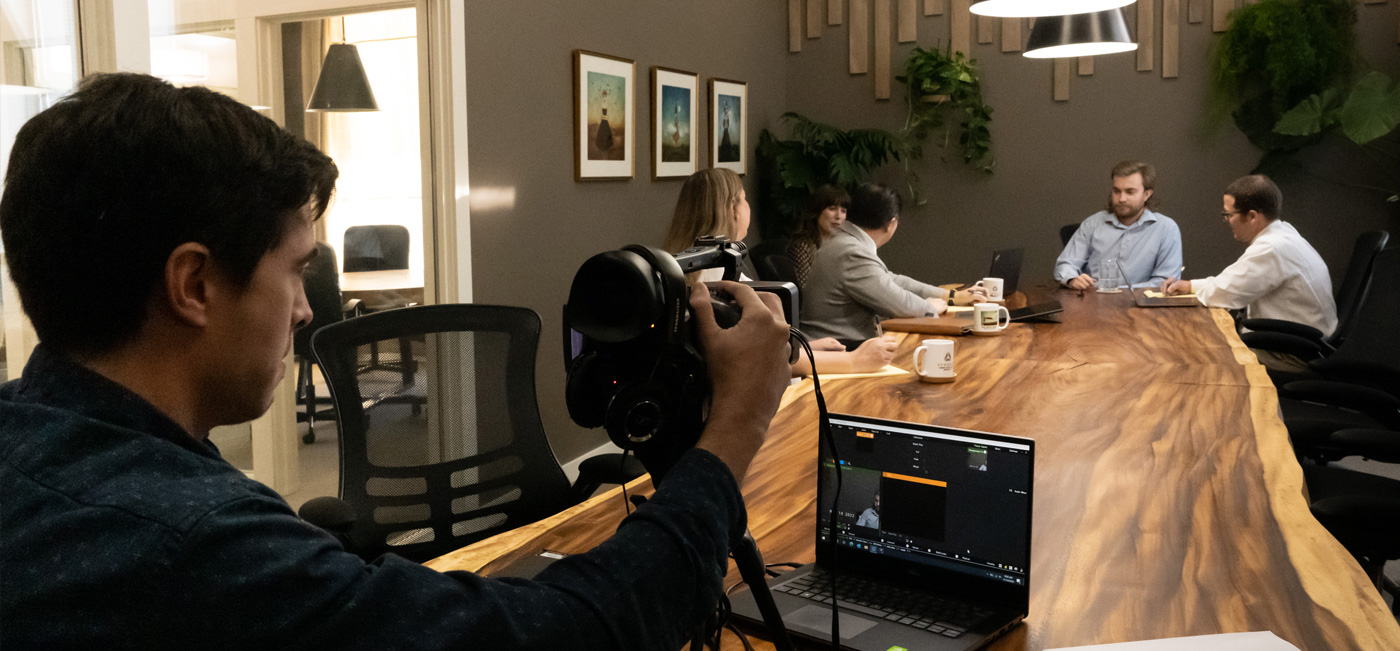Exploring the Mechanisms of Legal Videography: Introduction Its Operation in Shielding Authentic Visual Testimony for Judicial Proceedings
In the realm of judicial process, the function of lawful videography stands as a keystone in preserving and providing aesthetic proof. As innovation continues to development, the systems behind legal videography have actually ended up being progressively elaborate, offering a crucial layer of credibility to testaments captured on video clip.
Historic Evolution of Lawful Videography
Examining the historical progression of legal videography reveals a substantial transformation in the capturing and presentation of aesthetic proof within the lawful landscape. In the past, lawful process heavily relied upon created transcripts and pictures to record occasions and supply evidence. However, with the introduction of video clip technology, the legal sector observed a paradigm shift in exactly how aesthetic statement was recorded and provided.
The development of lawful videography can be mapped back to the late 20th century when advancements in video recording tools made it much more obtainable for use in courtrooms. This technological innovation not just enhanced the precision and integrity of aesthetic evidence however likewise reinvented the way instances were presented to courts and courts (Legal Videography). Lawyers began to identify the convincing power of video clip recordings in sharing emotions, nuances, and non-verbal signs that written photos or transcripts alone could not record successfully

Modern Technology Developments in Video Paperwork
What crucial technological advancements have changed video clip paperwork in the legal area? The lawful field has seen substantial advancements in video documents modern technology that have actually improved the credibility and integrity of aesthetic proof in judicial process. One of the crucial developments is high-definition (HD) video clip recording capabilities, which supply crystal-clear photos and sharp information that are crucial for precisely catching testimonies, face expressions, and various other aesthetic cues. In addition, the integration of timestamping and metadata features in video paperwork tools has allowed accurate documents of when and where the video was videotaped, making sure the integrity of the evidence offered in court.
Furthermore, advancements in video security and watermarking technologies have bolstered the protection and tamper-proof nature of video clip evidence, protecting it against unapproved alterations or tampering. Furthermore, the arrival of cloud storage remedies and remote access capabilities has structured the storage, access, and sharing of video evidence, helping with smooth cooperation amongst attorneys and ensuring reliable access to critical aesthetic statements when needed. These technological innovations in video clip documents have actually most certainly transformed the lawful field, enhancing the precision, integrity, and admissibility of visual proof in judicial process.
Duty of Legal Videographers in Courtroom Setups
The evolution of video clip documentation modern technology in the legal area has actually necessitated a crucial function for lawful videographers in court settings, guaranteeing the stability and reliability of aesthetic testaments presented during judicial process. Legal videographers play a fundamental duty in read this post here capturing and preserving accurate visual evidence that can be critical in litigation. Their responsibility extends to establishing up equipment, tape-recording proceedings, and producing top quality videos that precisely mirror the events in the courtroom.
In court room setups, legal videographers need to stick to strict guidelines and requirements to keep the credibility of the visual record. They should possess a keen eye for information and an extensive understanding of legal procedures to make sure that the video footage they record is a true depiction of the events that transpired. In addition, lawful videographers often function closely with legal teams to guarantee that the video proof aligns with the instance's needs and can be effectively offered in court to sustain the legal arguments being made. In general, the function of lawful videographers in court settings is crucial in promoting the concepts of justice and guaranteeing the transparency of legal proceedings.

Ensuring Admissibility and Integrity of Video Proof
To maintain the trustworthiness of visual evidence offered in legal proceedings, guaranteeing the admissibility and honesty of video proof is an essential responsibility for lawful videographers. Admissibility refers to the approval of proof by the court, and for video proof to be admissible, it has to satisfy certain requirements. Legal videographers check my reference play a critical duty in making sure that the videos they catch follow the rules of proof, such as credibility, significance, and reliability.
Stability of video clip evidence involves maintaining the originality and precision of the video from the time it is taped until it exists in court. This includes safely storing the video data, documenting the chain of custody, and preventing any meddling or alterations. Legal videographers need to abide by strict procedures to assure the stability of the video clip evidence and prevent any kind of obstacles to its credibility.
Future Trends in Legal Videography
Provided the raising reliance on modern technology in lawful procedures, lawful videographers are poised to welcome innovative innovations forming the future of visual statement capture and discussion. Among the prominent trends on the horizon is the assimilation of online fact (VIRTUAL REALITY) and increased reality (AR) technologies right into legal videography. These technologies have the prospective to revolutionize how visual proof exists in court rooms, enabling discretionary to submerse themselves in the scene of the criminal activity or incident.
Furthermore, using expert system (AI) algorithms for video analysis is anticipated to streamline the procedure of assessing and assessing large quantities of video clip footage. AI can help in determining key moments, anomalies, and patterns within videos, enhancing the effectiveness of lawful investigations.

Final Thought
In conclusion, lawful videography has played a crucial role in providing genuine visual proof for judicial process. Via technological improvements and the proficiency of lawful videographers, the stability and admissibility of video evidence are guaranteed in court room settings. As legal videography proceeds to evolve, it will certainly be important to promote standards that maintain the accuracy and reliability of aesthetic testimony for the future of legal procedures.
Examining the historic progression of lawful videography discloses a substantial makeover in the catching and discussion of visual evidence within the legal landscape.The development of video documents modern technology in the lawful area has actually demanded a critical duty for legal videographers in court settings, guaranteeing the stability and integrity of visual testimonies presented throughout judicial procedures. Furthermore, lawful videographers often function carefully with legal groups to make certain that the video evidence lines up with the situation's needs and can this contact form be properly offered in court to sustain the lawful arguments being made.To keep the integrity of visual proof provided in lawful process, guaranteeing the admissibility and stability of video clip proof is a vital duty for legal videographers. As lawful videography continues to evolve, it will be vital to copyright criteria that maintain the precision and integrity of visual testimony for the future of lawful procedures.
Comments on “How Legal Videography Enhances Court Room Presentations and Proof”